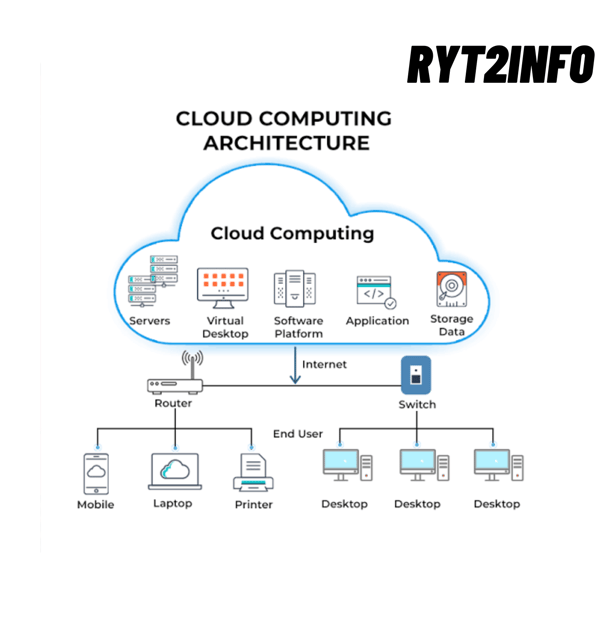
Demystifying Cloud Computing: Understanding the Power of the Cloud
TECH


Introduction:
In the digital age, cloud computing has emerged as a transformative force, revolutionizing the way we store, access, and process data. But what exactly is cloud computing? In this blog post, we aim to demystify the concept, providing a clear understanding of cloud computing and its implications for individuals, businesses, and the technological landscape as a whole.
1. The Basics of Cloud Computing:
- Defining cloud computing and its fundamental principles.
- Explaining the shift from traditional on-premises infrastructure to cloud-based services.
- Highlighting the key components of cloud computing, such as infrastructure as a service (IaaS), platform as a service (PaaS), and software as a service (SaaS).
2. How Does Cloud Computing Work?
- Exploring the underlying technology behind cloud computing, including virtualization and distributed computing.
- Describing the cloud service models, from public and private clouds to hybrid and multi-cloud environments.
- Introducing the concept of cloud providers and their role in offering scalable and on-demand computing resources.
3. Benefits and Advantages of Cloud Computing:
- Flexibility and scalability: Discussing the ability to scale resources up or down based on demand, allowing for greater flexibility and cost efficiency.
- Cost savings: Exploring how cloud computing eliminates the need for large upfront investments in hardware and infrastructure.
- Accessibility and collaboration: Highlighting how the cloud enables seamless access to data and applications from anywhere, fostering collaboration and remote work.
4. Common Use Cases for Cloud Computing:
- Data storage and backup: Explaining how the cloud provides secure and reliable storage solutions, eliminating the need for physical storage devices.
- Software and application deployment: Discussing the ease of deploying and managing software and applications in the cloud.
- Big data analytics and machine learning: Exploring how cloud computing empowers organizations to leverage large datasets and complex algorithms for data analysis and machine learning models.
5. Security and Privacy Considerations:
- Addressing concerns regarding data security and privacy in the cloud.
- Explaining the role of encryption, access controls, and compliance measures in cloud security.
- The shared responsibility model and the importance of understanding the responsibilities of both cloud providers and cloud users.
Conclusion:
Cloud computing has transformed the way we store, process, and access data, offering a wide range of benefits and opportunities. From cost savings and scalability to enhanced collaboration and accessibility, the cloud has become an indispensable tool for individuals and businesses alike. By understanding the basics of cloud computing and navigating its potential, we can harness its power to drive innovation, efficiency, and digital transformation in various industries.
Stay tuned to our tech page for more insights and updates on the exciting world of cloud computing and its evolving impact on the digital landscape!
(Note: The content provided is a summary. Each section can be expanded further with more detailed information, examples, and current trends in cloud computing.)
